The front balcony of our home @ The Minton is so filled with plants now that butterflies are frequent visitors. And alongside them comes also numerous caterpillars. Over the last four years, we’ve re-home numerous caterpillars from the balcony plants to large plastic containers when they enter into the pupa stage, lest they become easy pickings for other animals, and release them when they transform into butterflies. So, the kids have been fascinated with these flying insects, which made the Kemenuh Butterfly Park a required visitation stop.
We were quite flexible which day we’d visit this Park, on account that the place is in Gianyar, and just a short 10-15 minute from our villa. Still, since we had just under half a day left on Day 1, we decided to go with places in or near Ubud to cut down traveling time. The dense traffic from noon time since to have abated somewhat, so the journey from the villa was incident-free and brisk.
The Park was sparse of visitors: there were perhaps less than half a dozen other persons beside us. We’d pass by the place earlier on our inbound journey to the villa and it seemed a lot more crowded at noon then. The Park, according to online discussion, notes that it’s pretty new – having opened just two years back in 2016. The park itself isn’t very big: I reckon that the main butterfly enclosure itself is about 500sqm in floor-area. Unlike the Singapore Zoo and also – as I recall it – the Butterfly Garden in the Museum of Science in Boston – the park isn’t climate controlled, which made for a more natural feel to the enclosure. Those two other parks were also so jam packed with butterflies, many of whom were on the ground, that we had to watch every step we took! The Kemenuh Butterfly Park isn’t nearly as dense, which made a slow walk along the path way less scary.
The highlight of the trip for the kids was the educational tour that took place inside the pupa enclosure. We had a very passionate young Balinese keeper explain to us the various stages of growth and their supporting facilities for it. The kids were also brave enough to try holding some of the largest moths.
Tickets are a fairly pricey 100,000 and 50,000 IDR for adults and kids respectively, but the place is well worth the price of admission.
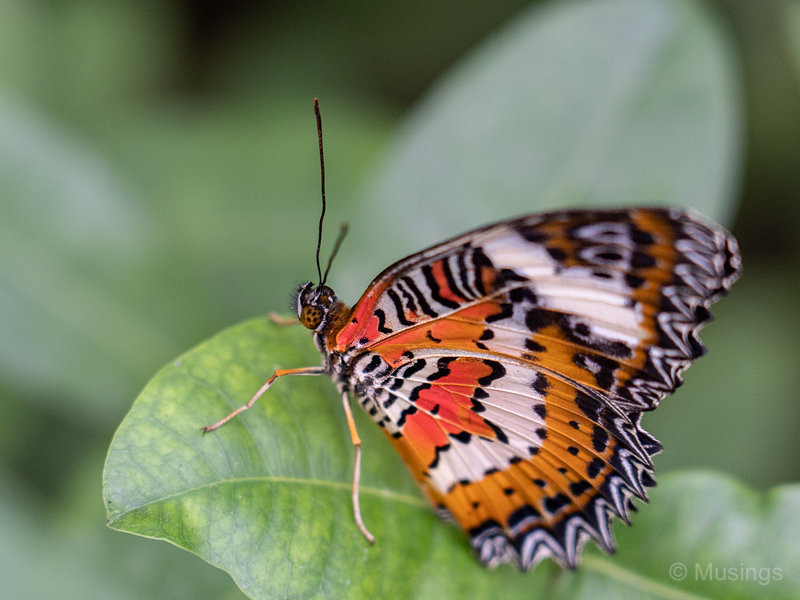
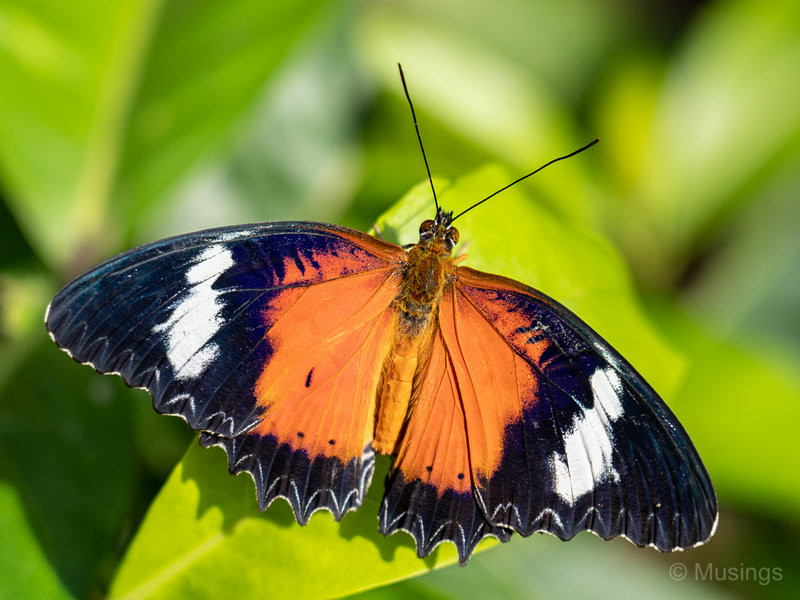
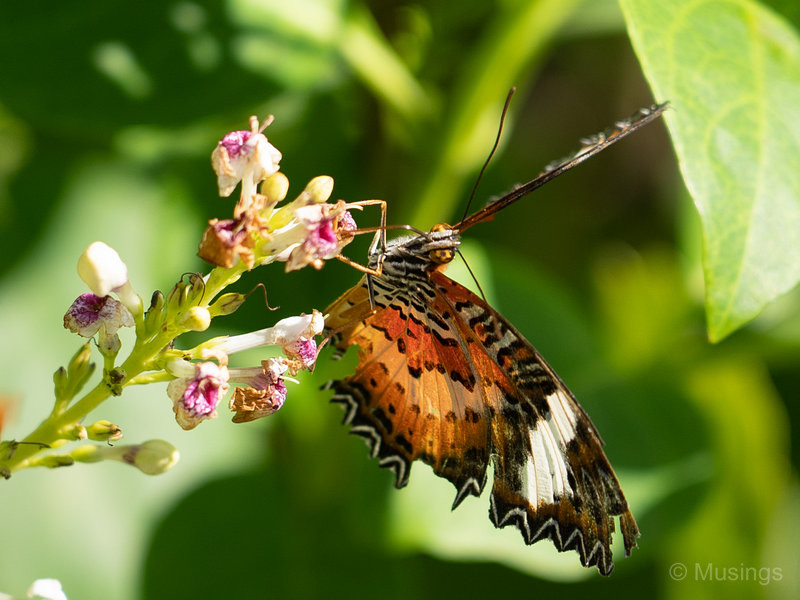
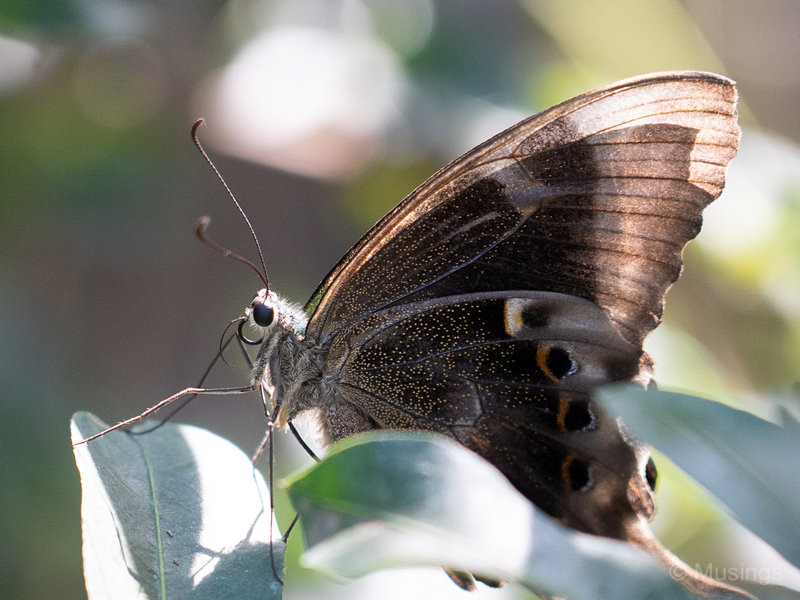
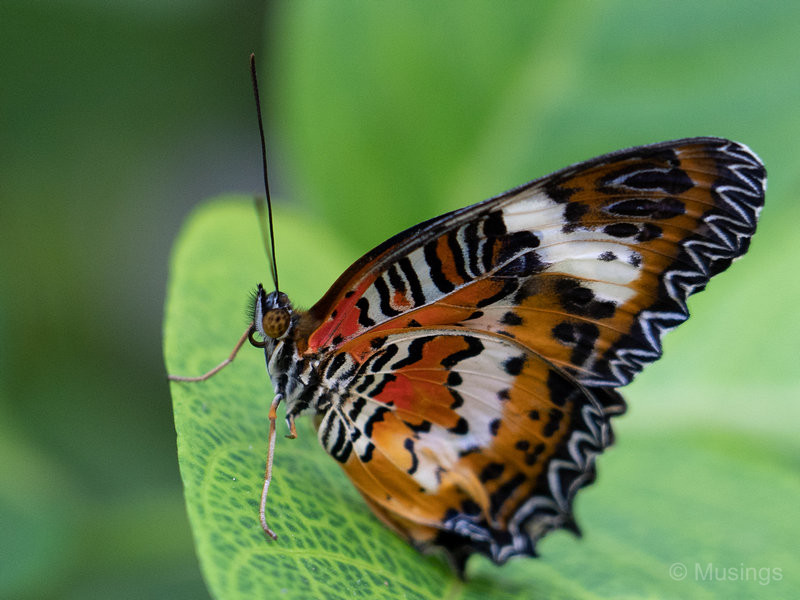
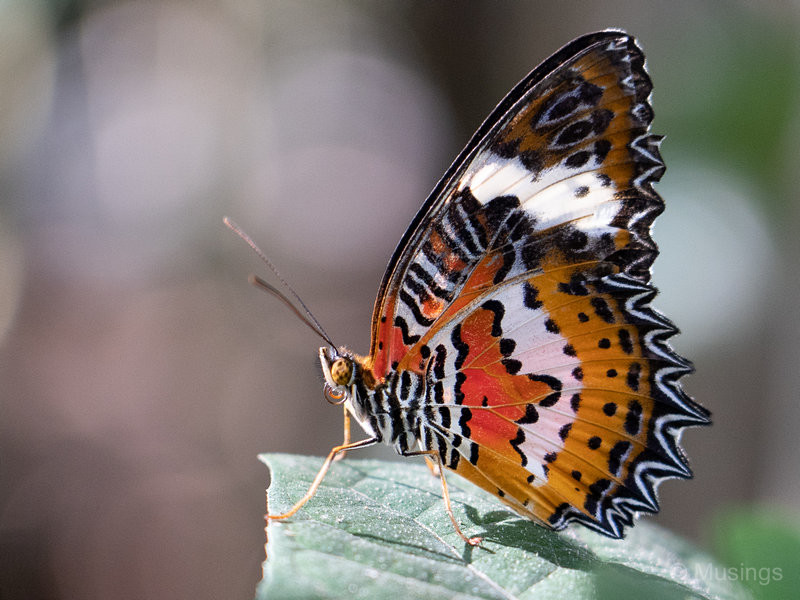

All of the butterfly close-ups was done using the Sony 24-105mm f4.0. Not a macro lens yes, but it was capable of pulling off those really nice close-up pictures too.
Ten years ago, we also checked out Tegenungan Waterfall, a relatively unknown spot back then. There was no road leading to it, which meant that only zoom lenses with good reach would be able to capture the falls. And only locals seemed to know the place. Today, the spot has turned 180 degrees into a full-on tourist attraction, with admission fees, a full-sized carpark, the usual tourist traps, and loads of Caucasian and north Asian young ladies in bikinis and selfie sticks doing the usual vanity poses.
Still, and only because it’s in the area and we had an hour to kill, we went by the place, paid the 20,000K/adult and 10,000/child admission fees, did the very steep climb down (and later up) to the falls, then left in short order. If you like crowds, Tegenungan Waterfall will be fine for you. If you hate them, then skip this place.
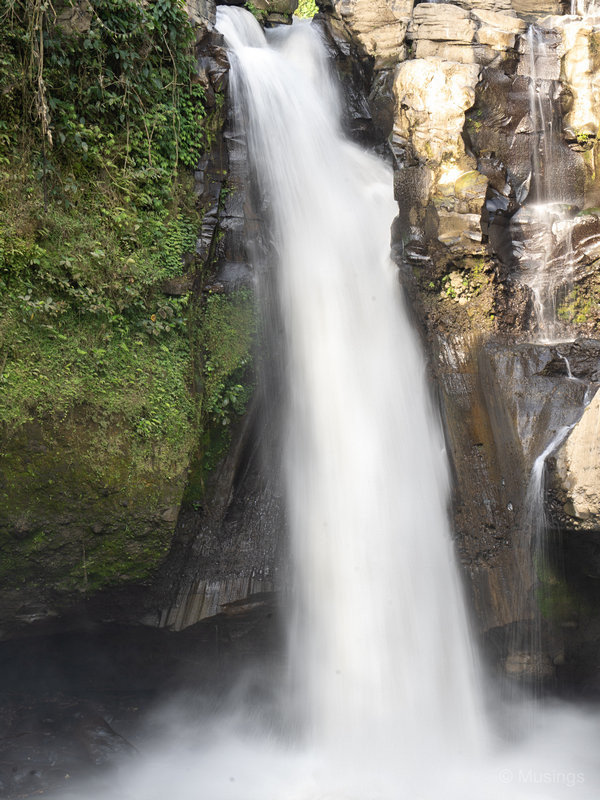
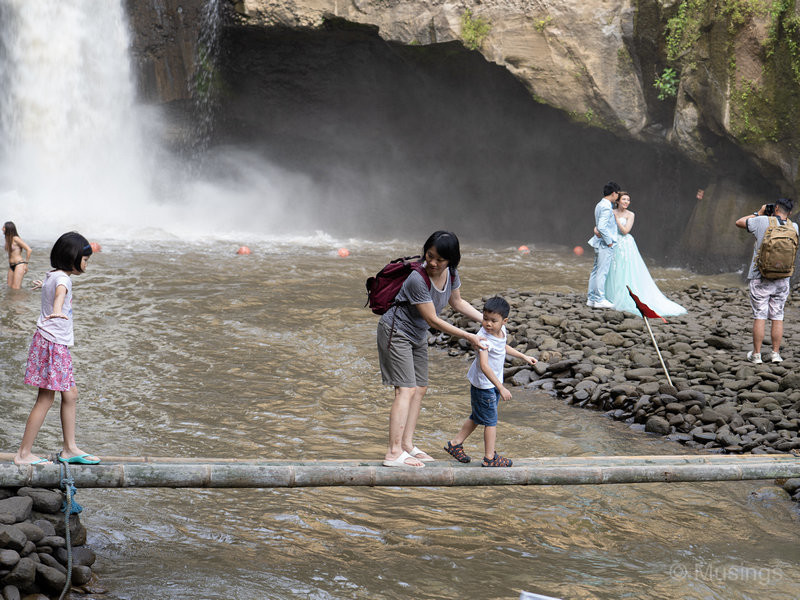
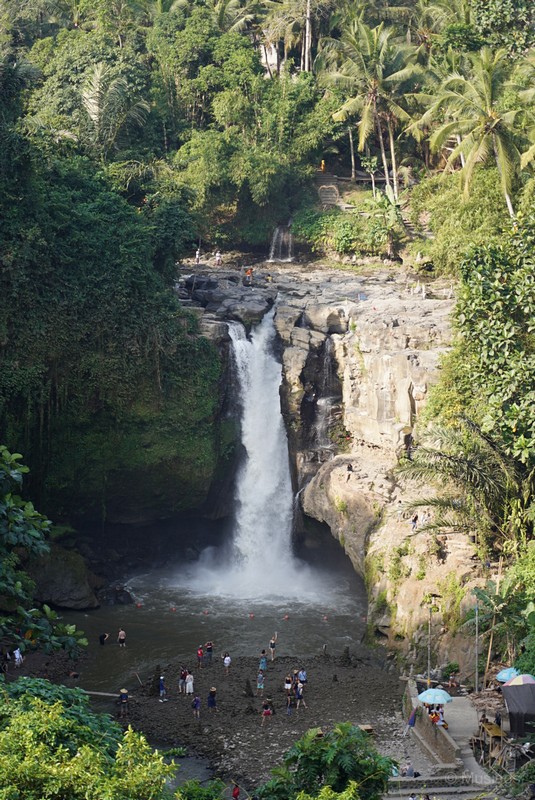
The Sony 24-105mm performed quite well! I wonder what led to the transformation of the Tegenungan Waterfall from an obscurity to a tourist attraction in such a short time? Well, other than pure capitalism. Hah!
Well, it’s pure capitalism. Tourism in Bali is huge, and I reckon it’s one of their key export industries and the huge numbers of people who support it on the island. I remembered there were still places that were free of admission during our 2008 trip – but there was none to be found this trip. :(